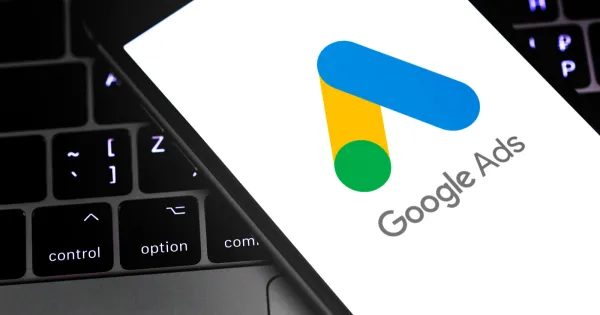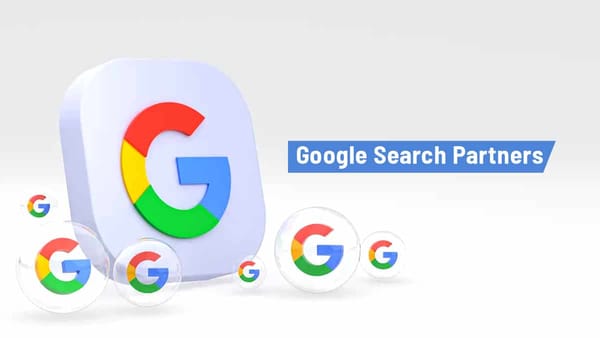Google AI technology - What Artificial Intelligence Powers Google’s Services

Introduction
Artificial Intelligence is at the core of Google's ecosystem, powering everything from search results to voice assistants. Google continuously develops and integrates AI to enhance user experience, automate processes, and make its services more intelligent.
From Gemini to RankBrain, Google's AI models shape the way we interact with digital products daily. Let’s explore the different AI technologies Google uses and how they are transforming the tech landscape.
Google Search and AI
1. RankBrain: Smarter Search Results
RankBrain is Google's AI-powered ranking algorithm that helps interpret search queries. It understands context rather than just matching keywords, improving the accuracy of search results.
2. BERT: Natural Language Understanding
BERT (Bidirectional Encoder Representations from Transformers) is an AI model that helps Google process conversational queries. It enables better understanding of complex sentence structures and nuances in search queries.
3. MUM: Multitask Unified Model
MUM (Multitask Unified Model) is a highly advanced AI that goes beyond text search, analyzing images and videos to provide more detailed answers. It is 1,000 times more powerful than BERT.
Google’s AI-powered search ensures that users receive fast, relevant, and high-quality information.
Google Assistant and AI
1. Gemini: The Next-Gen AI Assistant
Google Gemini is an advanced AI model designed for natural conversations. It can understand text, voice, images, and videos, making Google Assistant more responsive and intuitive.
2. Natural Language Processing (NLP)
Google Assistant uses NLP to comprehend and respond to user requests accurately. This AI model enables more human-like interactions.
3. Voice Recognition and Smart Learning
Google’s AI learns user preferences over time, personalizing responses and improving accuracy for voice commands.
Gemini and NLP-driven advancements make Google Assistant one of the most intelligent AI-powered voice assistants.
Google Translate and AI
1. Neural Machine Translation (NMT)
Google Translate relies on NMT to improve translation accuracy by analyzing entire sentences instead of individual words. This AI model ensures more natural and grammatically correct translations.
2. Live Transcription and Voice Recognition
AI-powered speech recognition enables Google Translate to provide real-time transcription and voice translation, breaking language barriers.
With AI-driven advancements, Google Translate is becoming more reliable and effective in multilingual communication.
AI in Google Photos
1. AI-Powered Image Recognition
Google Photos uses AI to identify faces, objects, and locations, making it easier to search and organize images.
2. Smart Editing with AI Suggestions
AI-based enhancement tools suggest filters, remove background noise, and create animations automatically.
3. Magic Eraser and Photo Unblur
Google’s AI-powered Magic Eraser and Unblur tools help remove unwanted objects and improve image quality effortlessly.
AI enhances Google Photos, making it a powerful tool for managing and editing pictures.
YouTube and AI
1. Deep Learning for Video Recommendations
Google’s AI analyzes user behavior to suggest relevant content, keeping viewers engaged.
2. Auto-Generated Captions
AI-powered speech recognition automatically generates subtitles, improving accessibility for global audiences.
3. AI for Content Moderation
YouTube’s AI filters inappropriate content and helps detect copyright violations, ensuring a safer platform.
AI-driven personalization makes YouTube a smarter video platform.
AI in Google Cloud and Business Solutions
1. TensorFlow: Google’s AI Framework
TensorFlow is Google’s open-source AI and machine learning framework used in various applications, from research to automation.
2. Vertex AI: AI-Powered Business Solutions
Google Cloud’s Vertex AI enables businesses to create and deploy machine learning models with ease.
3. AI-Powered Predictive Analytics
Google’s AI provides businesses with insights into customer behavior, fraud detection, and sales forecasting.
With AI-driven solutions, Google Cloud is revolutionizing how businesses leverage data.
Ethical AI and Google’s Responsibility
1. AI Principles and Responsible AI
Google follows strict AI principles to ensure fairness, accountability, and transparency in AI development.
2. AI for Social Good
Google invests in AI projects that tackle challenges like climate change, healthcare, and education.
3. Privacy and Security in AI
Google continuously improves AI security measures to protect user data and prevent bias in decision-making.
Responsible AI development remains a top priority for Google as AI adoption grows.
Conclusion
From Gemini and RankBrain to TensorFlow and Vertex AI, Google integrates artificial intelligence across its ecosystem, making services smarter and more efficient. AI powers Google Search, YouTube, Google Photos, and even business applications, shaping the digital world as we know it.
As AI continues to evolve, Google remains at the forefront of innovation, ensuring ethical and responsible AI usage. With each new advancement, AI is set to transform how we interact with technology in the future.




